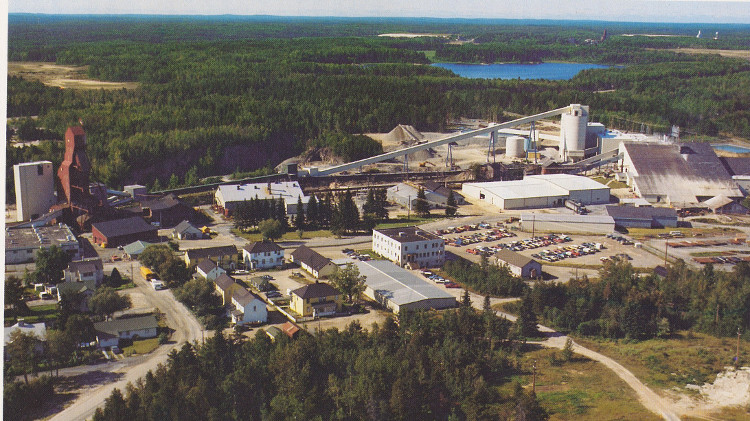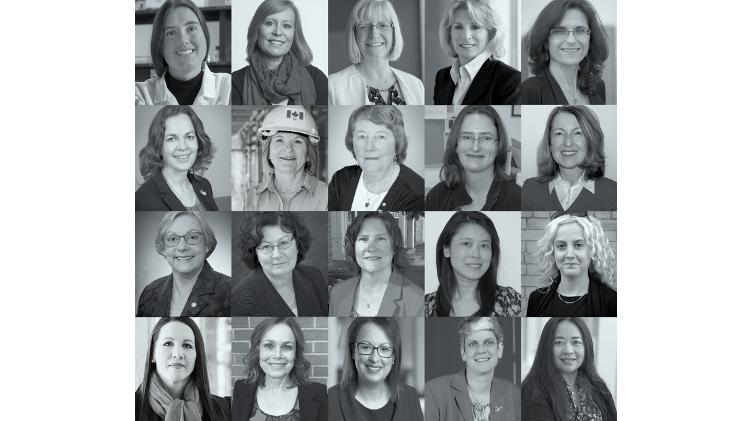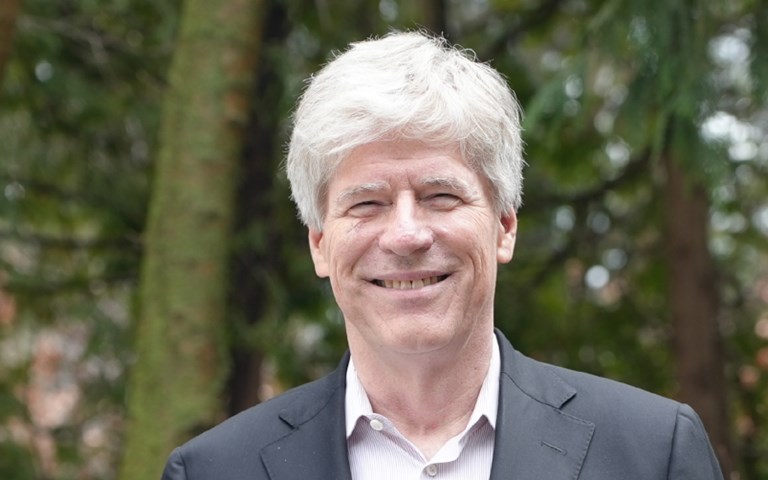Timothy Hodgson, Courtesy of the Liberal Party of Canada
After launching his political career as a Liberal party candidate and securing a seat as a member of parliament representing the Markham-Thornhill district of Ontario in the 2025 federal election, Timothy Hodgson was named minister of energy and natural resources on May 13.
Hodgson’s appointment to the role signals a shift by Prime Minister Mark Carney’s government towards a more business-focused and investment-savvy approach, underscoring its intent to prioritize economic growth and drive strategic development across the country’s mining and energy sectors.
Although new to politics, Hodgson brings decades of senior experience in finance and corporate governance, having served in executive roles and on the boards of numerous companies and organizations, including Hydro One and MEG Energy. From 1990 to 2010, Hodgson undertook a range of roles at Goldman Sachs, culminating in his appointment as CEO of Goldman Sachs Canada in 2005.
When Carney, then governor of the Bank of Canada, first invited him to Ottawa in 2010, Hodgson stepped away from his CEO position to serve an 18-month term as Carney’s special adviser, where he provided expertise on complex financial contracts.
“I never saw myself as a politician,” admitted Hodgson in a LinkedIn post shared on April 24. “But I believe our country is at a crossroads. And this moment demands principled and pragmatic leadership.”
Hodgson is expected to play a key role in advancing the federal government’s plans to modernize and expand Canada’s natural resources sector. His experience will be vital in several key areas, including attracting private capital to strategic resource projects, streamlining regulatory processes and fostering public and private partnerships to spur innovation and enhance competitiveness in Canada’s resource industries.
This vision supports Carney’s broader ambition, unveiled in March 2025, to unify Canada’s economic strengths by prioritizing investments in key infrastructure and clean technologies. Central to Hodgson’s responsibilities will be advancing the extraction and processing of critical minerals.
“When it comes to mining, we know that Canada has what the world needs here: lithium, copper, nickel, cobalt, manganese and—of course—one of the world’s largest supplies of high-quality uranium,” Hodgson said during a May 23 speech at the Calgary Chamber of Commerce. “But we need to do more than dig. We need to process and refine here at home, and export to the world, not just the U.S.”
His appointment takes on added significance in the context of rising geopolitical tensions, trade disruptions and Canada’s push to diversify its supply chains and reduce dependence on the U.S.
“Prime Minister Carney has laid out a clear strategy: We will be masters in our own home,” said Hodgson in the May 23 speech. “We will not bow to economic aggression. We will defend our workers, our industries and our values. And we will build a new foundation—one that delivers the strongest, most resilient economy in the G7.”
It may be what the minister and his federal counterparts do not do that could signal a major shift in how the country oversees its natural resource projects. Carney’s election platform proposed a reduced role for the federal government in order to limit duplication with provinces conducting their own review of projects.
While skepticism persists in Western Canada—where many perceive past Liberal governments as unsupportive of resource development—there is cautious optimism that Hodgson’s business acumen and Manitoba roots could encourage a more collaborative approach to energy policy under Carney, as well as paving the way for sustainable growth in Canada’s natural resources sector.




